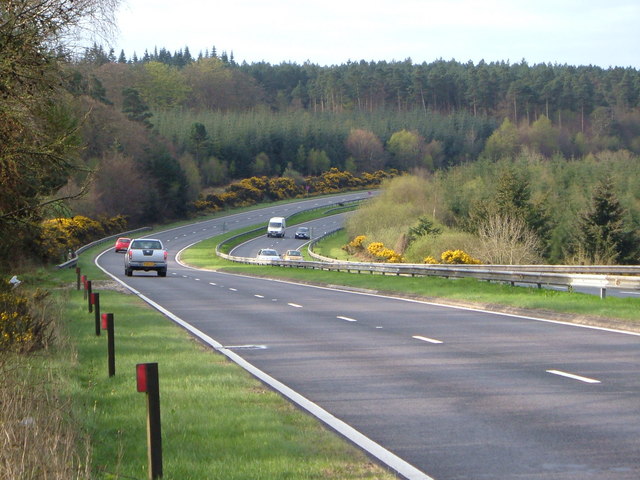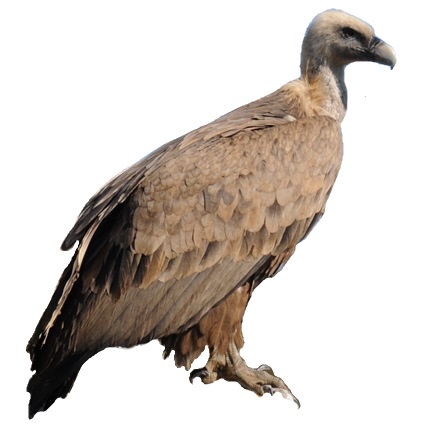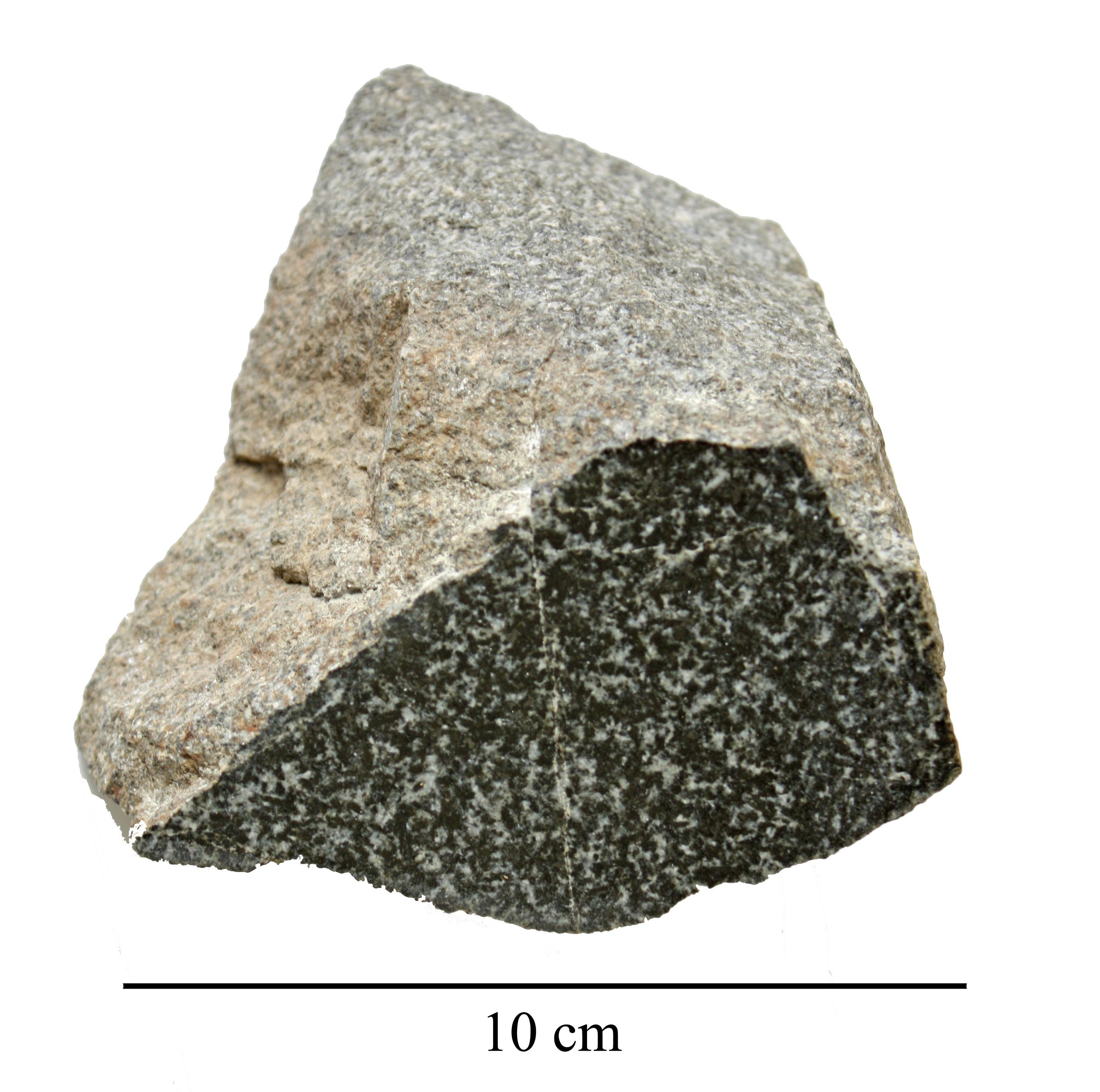|
Haldon
The Haldon Hills, usually known simply as Haldon, is a ridge of high ground in Devon, England. It is situated between the River Exe and the River Teign and runs northwards from Teignmouth, on the coast, for about until it dwindles away north west of Exeter at the River Yeo, just south of Crediton. The highest points of just over 250 metres (820 ft) lie to the south west of Exeter. The southernmost part is known as Little Haldon; it is partially separated from the main bulk of the hills by a col formed by the valleys of the Dawlish Water to the east and the valley at Rixdale to the west. Geology Haldon is composed of New Red Sandstone covered by a more resistant layer of Upper Greensand. On the highest ground is a layer of gravel containing many flints that is up to 18 metres (60 ft) deep; it is all that remains of a cover of chalk some 180 metres (600 ft) thick that was deposited during the Late Cretaceous and then dissolved away during the tro ... [...More Info...] [...Related Items...] OR: [Wikipedia] [Google] [Baidu] |
Haldon Belvedere
Haldon Belvedere or Lawrence Tower is a triangular tower in the Haldon Hills in the county of Devon, England. Haldon Belvedere is in the parish of Dunchideock within the former Haldon estate, about a mile south-west of Haldon House. Its location on the ridge of the Haldon Hills gives it extensive views and means it is a prominent landmark for many miles around.Cherry & Pevsner, p.342 It was built in 1788 by Sir Robert Palk, 1st Baronet and was originally called Lawrence Tower in honour of his friend and patron General Stringer Lawrence (1697–1775). Lawrence spent much of his retirement at Haldon and was buried in Dunchideock church, in which Palk erected a monument to his memory, having received a bequest of £50,000 in his will. Stringer Lawrence's other monument is in Westminster Abbey, erected by the East India Company. The tower, 26 metres high, is triangular with Gothic windows and full-height circular angle turrets, and was probably influenced by the triangular tower at ... [...More Info...] [...Related Items...] OR: [Wikipedia] [Google] [Baidu] |
Teignmouth
Teignmouth ( ) is a seaside town, fishing port and civil parishes in England, civil parish in the English county of Devon. It is on the north bank of the estuary mouth of the River Teign, about south of Exeter. The town had a population of 14,932 at the 2021 census. From the 1800s onwards, the town grew rapidly in size from a fishing port associated with the Cod fishing in Newfoundland, Newfoundland cod industry to a fashionable resort of some note in Georgian era, Georgian times; there was further expansion after the opening of the South Devon Railway Company, South Devon Railway in 1846. Today, its port still operates and the town remains a popular seaside and day-trip holiday location. History To 1700 The first record of Teignmouth, ''Tengemuða'', meaning ''mouth of the stream'', was in 1044. Nonetheless, settlements very close by are attested earlier, with the banks of the Teign estuary having been in Saxon hands since at least 682, a battle between the Ancient Brito ... [...More Info...] [...Related Items...] OR: [Wikipedia] [Google] [Baidu] |
Dawlish Water
Dawlish Water is a minor coastal stream which flows through Devon, England. Dawlish Water, also known as “The Brook”, rises on the eastern slopes of Haldon Forest in the Haldon Hills by the A380 road and the B3192, (largely heathland and conifer forest), in the Mamhead Obelisk plantation and then flows southeast through Ashcombe, Dawlish Water (Hamlet) and on to Dawlish town, flowing over a series of weirs, then through the centre of the town, under the A379 road and the London-Penzance railway line, by Dawlish railway station, before terminating in the English Channel. The urban part of Dawlish Water is prone to flooding in certain situations, particularly with winds between south and east, when moisture-laden air is forced up the slopes of Haldon Hill, where it then condenses and precipitates. It is a relatively quick-response watercourse, so is susceptible to intense rainstorms, however river levels tend to fall fairly swiftly afterwards. Dawlish Water has 15 mino ... [...More Info...] [...Related Items...] OR: [Wikipedia] [Google] [Baidu] |
Upper Greensand
Greensand or green sand is a sand or sandstone which has a greenish color. This term is specifically applied to shallow marine sediment that contains noticeable quantities of rounded greenish grains. These grains are called ''glauconies'' and consist of a mixture of mixed-layer clay minerals, such as smectite and glauconite. Greensand is also loosely applied to any glauconitic sediment. Formation Greensand forms in anoxic marine environments that are rich in organic detritus and low in sedimentary input. Having accumulated in marine environments, greensands can be fossil-rich, such as in the late-Cretaceous deposits of New Jersey, United States. Occurrence Important exposures are known from both northern and western Europe, North America, southeastern Brazil and north Africa. Well known and important greensands are the Upper and Lower Greensands of England and occur within Eocene and Cretaceous sedimentary strata underlying the coastal plains of New Jersey and Delaware in th ... [...More Info...] [...Related Items...] OR: [Wikipedia] [Google] [Baidu] |
Chudleigh
Chudleigh () is an ancient wool town located within the Teignbridge District Council area of Devon, England; it is sited between Newton Abbot and Exeter. The electoral ward with the same name had a population of 5,919 at the 2021 United Kingdom census, 2021 census. Geography Chudleigh is located in the Teign Valley and is close to the edge of Dartmoor. Nearby Castle Dyke is an Iron Age hillfort which demonstrates far earlier settlement in the area. It is also near to Haldon Forest, a Forestry Commission property. The town has been bypassed by the A38 road since 1972. Great Fire of Chudleigh The weather conditions in Devon in the year 1807 have been described as a drought. Weeks without rain left many people short of water and had farmers worrying about their crops. At around noon on 22 May, a small fire broke out in a pile of furze stacked near the ovens at a bakery in Culver Street (now New Exeter Street). According to later reports, the staff in the bakery seemed unaware of ... [...More Info...] [...Related Items...] OR: [Wikipedia] [Google] [Baidu] |
Trusham
Trusham is a small village and civil parish in the Teign Valley, between Newton Abbot and Exeter, in the Teignbridge district, in the county of Devon, England. The settlement was first recorded in the Domesday Book as ''Trisma'' in 1086, which is hypothesised to be a compound of the south-western Brythonic words ''trev'' and ''isam'' meaning lower homestead. It was recorded as ''Trusham al. Trisme'' in the Recovery Rolls of 1630, with sources after this referring to it as Trusham only. In 2021 it had a population of 209. A pub, the Cridford Inn, was opened in 1985 by converting part of an old farmhouse and adjoining barn. The Church of St Michael is an ancient stone building in the early English and Perpendicular styles with traces of Norman work. The church was thoroughly restored in 1865, when the stained east window and a smaller one were inserted as memorials to the Rev. William Edward Brendon, who died in 1864. There is also a memorial to John Stooke which mentions a chari ... [...More Info...] [...Related Items...] OR: [Wikipedia] [Google] [Baidu] |
European Honey Buzzard
The European honey buzzard (''Pernis apivorus''), also known as the pern or common pern, is a bird of prey in the family Accipitridae. Taxonomy The European honey buzzard was formally described in 1758 by the Swedish naturalist Carl Linnaeus in the tenth edition of his ''Systema Naturae''. He placed it with the falcons and eagles in the genus '' Falco'' and coined the binomial name ''Falco apivorus''. Linnaeus cited earlier works including the 1678 description by the English naturalist Francis Willughby and the 1713 description by John Ray. The European honey buzzard is now one of four species placed in the genus '' Pernis'' that was introduced by Georges Cuvier in 1816. The species is monotypic: no subspecies are recognised. The binomen is derived from Ancient Greek ''pernes'' πέρνης, a term used by Aristotle for a bird of prey, and Latin ''apivorus'' "bee-eating", from ''apis'', " bee" and ''-vorus'', "-eating". In fact, bees are much less important than wasps in the bi ... [...More Info...] [...Related Items...] OR: [Wikipedia] [Google] [Baidu] |
Devon
Devon ( ; historically also known as Devonshire , ) is a ceremonial county in South West England. It is bordered by the Bristol Channel to the north, Somerset and Dorset to the east, the English Channel to the south, and Cornwall to the west. The city of Plymouth is the largest settlement, and the city of Exeter is the county town. The county has an area of and a population of 1,194,166. The largest settlements after Plymouth (264,695) are the city of Exeter (130,709) and the Seaside resort, seaside resorts of Torquay and Paignton, which have a combined population of 115,410. They all are located along the south coast, which is the most populous part of the county; Barnstaple (31,275) and Tiverton, Devon, Tiverton (22,291) are the largest towns in the north and centre respectively. For local government purposes Devon comprises a non-metropolitan county, with eight districts, and the Unitary authorities of England, unitary authority areas of Plymouth City Council, Plymouth an ... [...More Info...] [...Related Items...] OR: [Wikipedia] [Google] [Baidu] |
Bird Of Prey
Birds of prey or predatory birds, also known as (although not the same as) raptors, are hypercarnivorous bird species that actively predation, hunt and feed on other vertebrates (mainly mammals, reptiles and smaller birds). In addition to speed and strength, these predators have bird vision, keen eyesight for detecting prey from a distance or during flight, strong feet with sharp talon (anatomy), talons for grasping or killing prey, and powerful, curved beaks for tearing off flesh. Although predatory birds primarily hunt live prey, many species (such as fish eagles, vultures and condors) also scavenge and eat carrion. Although the term "bird of prey" could theoretically be taken to include all birds that actively hunt and eat other animals, ornithologists typically use the narrower definition followed in this page, excluding many piscivorous predators such as storks, Crane (bird), cranes, herons, gulls, skuas, penguins, and kingfishers, as well as many primarily insectivorous bir ... [...More Info...] [...Related Items...] OR: [Wikipedia] [Google] [Baidu] |
European Nightjar
The European nightjar (''Caprimulgus europaeus''), common goatsucker, Eurasian nightjar or just nightjar is a crepuscular and nocturnal bird in the nightjar family that breeds across most of Europe and the Palearctic to Mongolia and Northwestern China. The Latin generic name refers to the old myth that the nocturnal nightjar suckled from goats, causing them to cease to give milk. The six subspecies differ clinally, the birds becoming smaller and paler towards the east of the range. All populations are migratory, wintering in sub-Saharan Africa. Their densely patterned grey and brown plumage makes individuals difficult to see in the daytime when they rest on the ground or perch motionless along a branch, although the male shows white patches in the wings and tail as he flies at night. The preferred habitat is dry, open country with some trees and small bushes, such as heaths, forest clearings or newly planted woodland. The male European nightjar occupies a territory in sprin ... [...More Info...] [...Related Items...] OR: [Wikipedia] [Google] [Baidu] |
Dolerite
Diabase (), also called dolerite () or microgabbro, is a mafic, holocrystalline, subvolcanic rock equivalent to volcanic basalt or plutonic gabbro. Diabase dikes and sills are typically shallow intrusive bodies and often exhibit fine-grained to aphanitic chilled margins which may contain tachylite (dark mafic glass). ''Diabase'' is the preferred name in North America, while ''dolerite'' is the preferred name in the rest of the English-speaking world, where sometimes the name ''diabase'' refers to altered dolerites and basalts. Some geologists prefer to avoid confusion by using the name ''microgabbro''. The name ''diabase'' comes from the French , and ultimately from the Greek 'act of crossing over, transition', whereas the name ''dolerite'' comes from the French , from the Greek 'deceitful, deceptive', because it was easily confused with diorite. Petrography Diabase normally has a fine but visible texture of euhedral lath-shaped plagioclase crystals (62%) set in a ... [...More Info...] [...Related Items...] OR: [Wikipedia] [Google] [Baidu] |
Northern Goshawk
The northern goshawk has been split into two species based on significant morphological and genetic differences: * Eurasian goshawk The Eurasian goshawk (; ''Astur gentilis'', formerly ''Accipiter gentilis'') is a species of medium-large bird of prey in the Family (biology), family Accipitridae, a family which also includes other extant diurnal raptors, such as eagles, buzzar ..., ''Astur gentilis'' * American goshawk, ''Astur atricapillus'' {{Animal common name Birds by common name ... [...More Info...] [...Related Items...] OR: [Wikipedia] [Google] [Baidu] |





